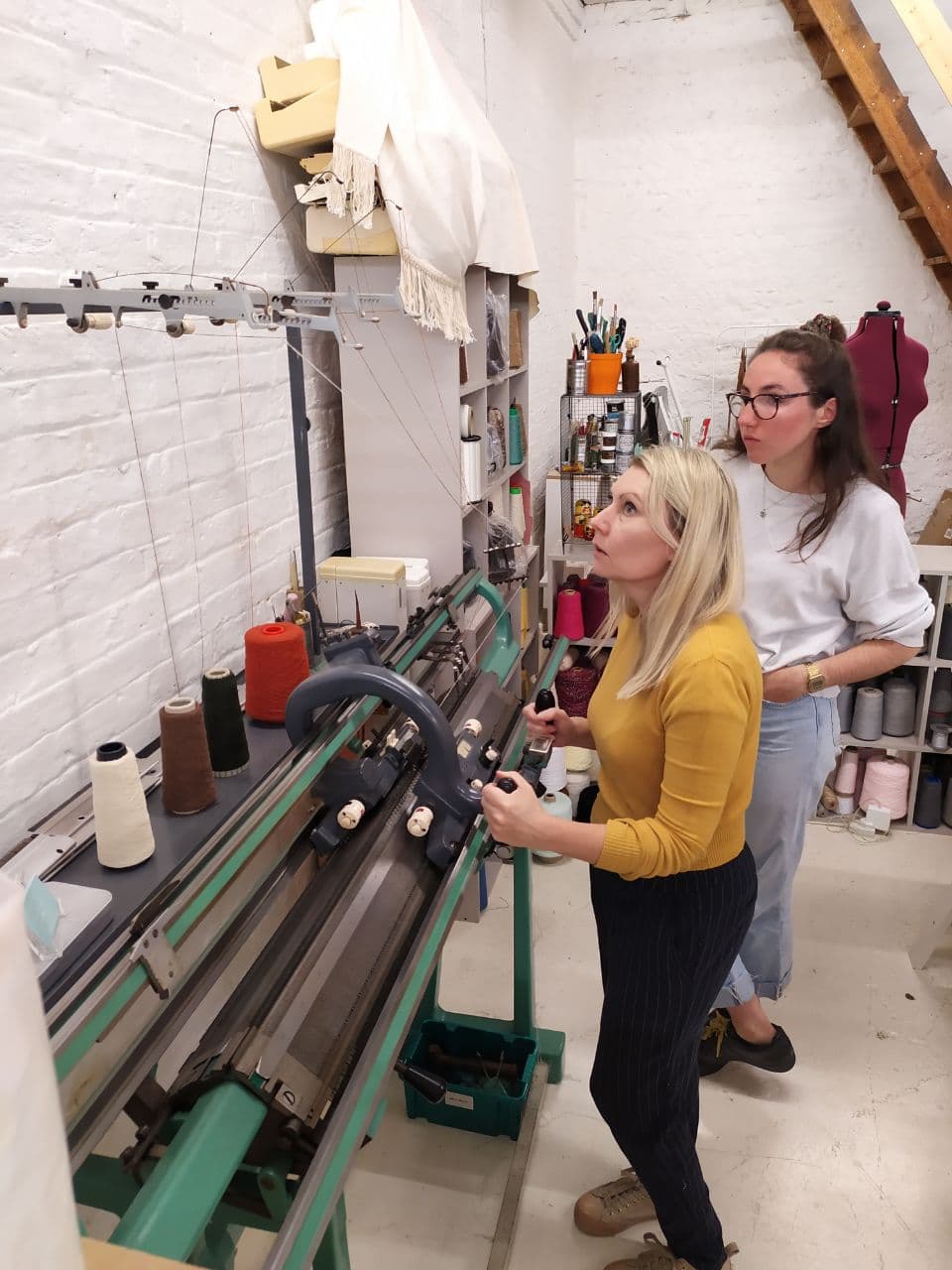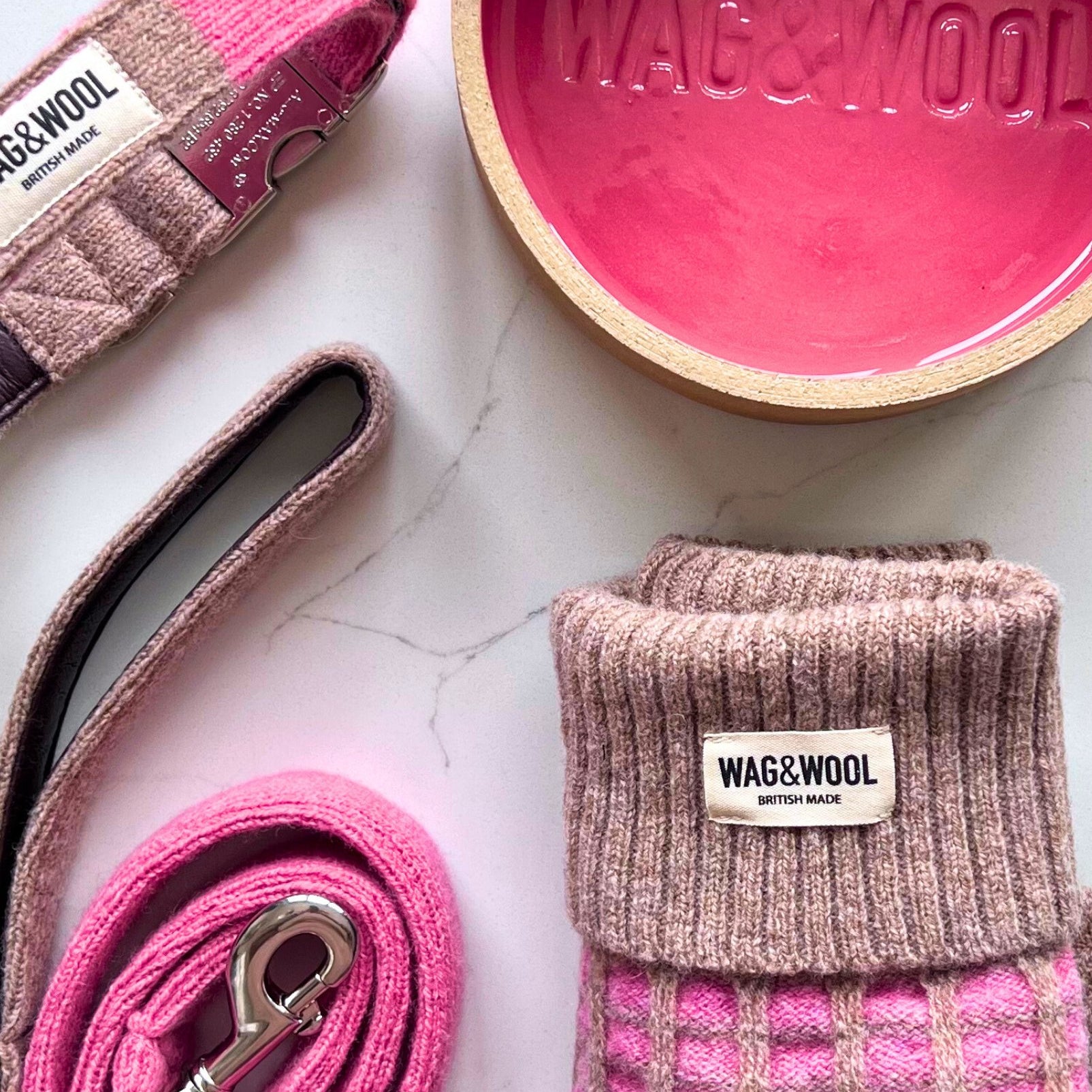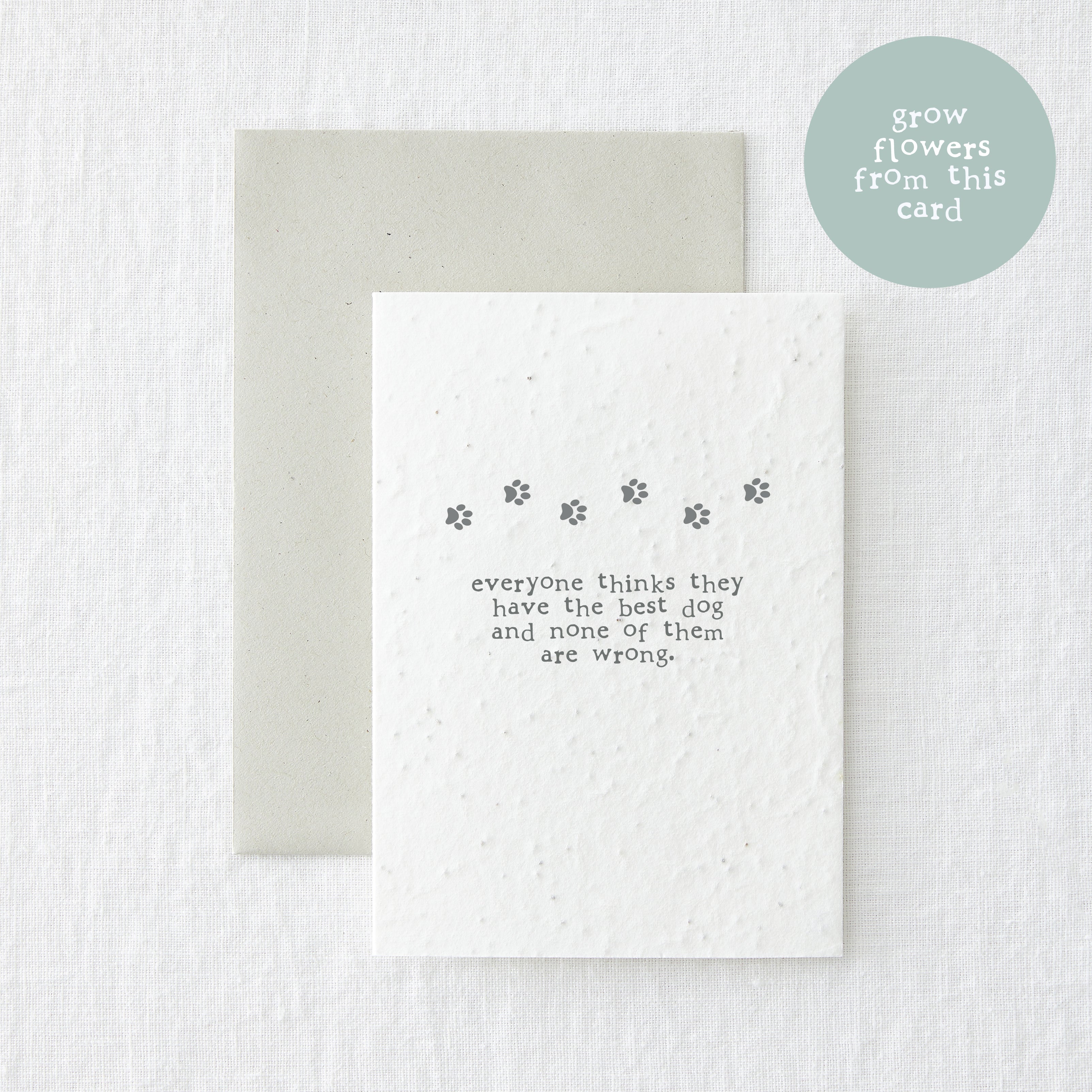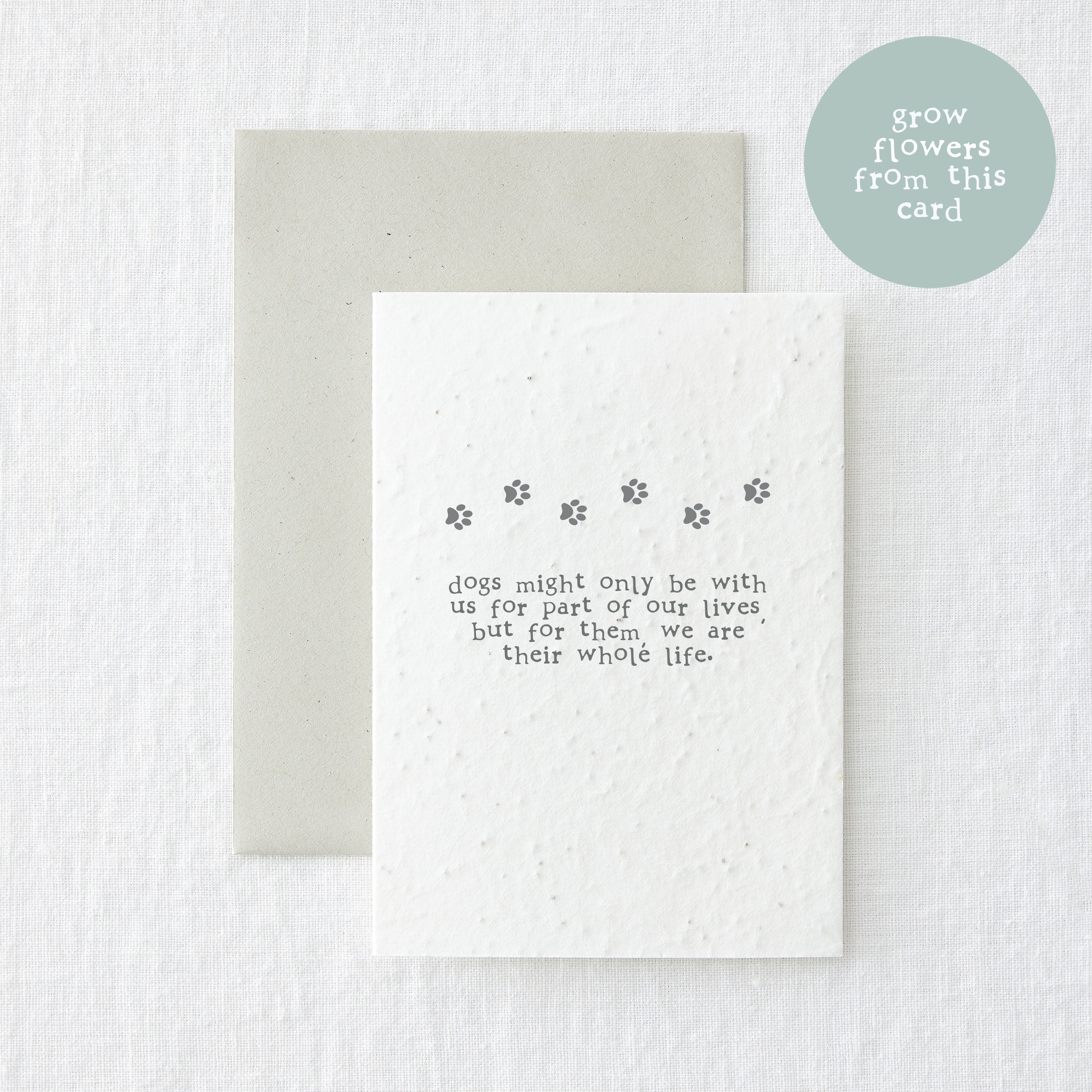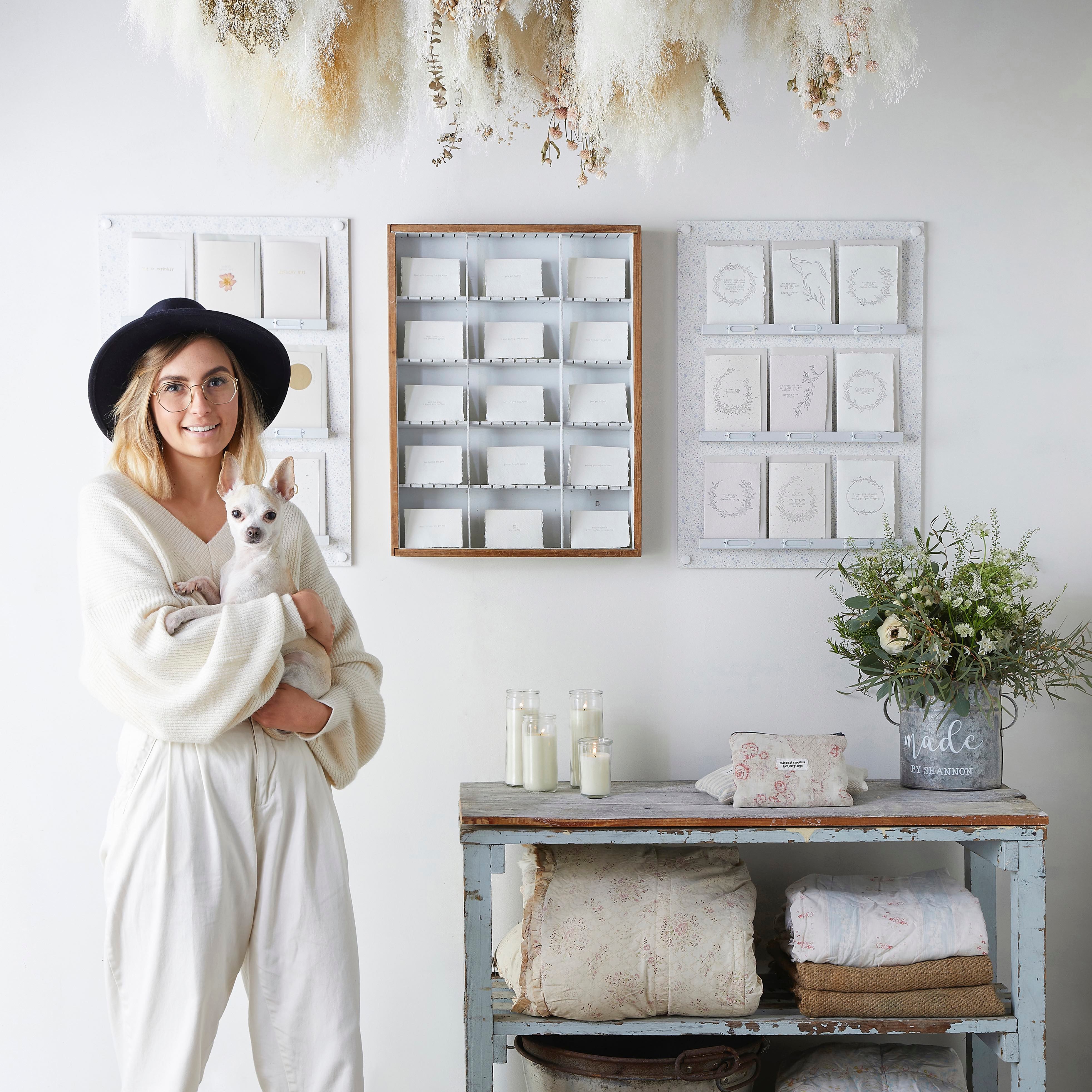The United Kingdom has a rich history of knitwear manufacturing that spans centuries, with a legacy of producing high-quality garments known for their craftsmanship and attention to detail. However, in recent years, the once-vibrant industry has faced challenges and a decline in trade. We will explore the history of knitwear manufacturing in the UK, the factors contributing to its decline, and the changing landscape of the global textile industry.
The Golden Age of UK Knitwear
The roots of UK knitwear manufacturing can be traced back to the 16th century when knitting was primarily a cottage industry. Hand-knitted garments, often intricate and delicate, were highly prized. By the 18th century, technological advancements led to the development of knitting machines, a pivotal moment in the history of knitwear production.
The 19th century witnessed the industrial revolution, which transformed the textile industry in the UK. Factories sprang up, and the production of knitwear became more streamlined. Cities like Nottingham, famous for its lace and hosiery, and Hawick, renowned for its luxury knitwear, became hubs of manufacturing excellence. The iconic Fair Isle sweater, Shetland knitwear, and Aran sweaters became symbols of British craftsmanship.
Challenges Faced by UK Knitwear Manufacturing
Globalisation
As trade barriers lowered and transportation became more efficient, UK knitwear faced competition from cheaper, mass-produced garments from countries with lower labor costs.
Outsourcing
Many UK clothing brands and retailers turned to overseas manufacturers to cut costs, often at the expense of local knitwear production.
Economic Pressures: Rising production costs, including labor, materials, and overheads, made it challenging for UK manufacturers to compete with international rivals.
Changing Consumer Preferences
Fast fashion and a demand for cheaper, trend-driven clothing shifted consumer preferences away from traditional, locally made knitwear.
Technology
Advances in automation and technology have transformed the textile industry, with some countries adopting innovative manufacturing processes that outpace traditional methods.
Sustainability
Increasing consumer awareness of environmental and ethical issues has led to a demand for sustainable and ethical manufacturing practices, which UK knitwear manufacturers may struggle to implement at scale.
The Road Ahead
While the UK knitwear manufacturing industry has faced significant challenges, there is hope for its revival. Some British brands and manufacturers are embracing sustainability, heritage, and craftsmanship to differentiate themselves from fast fashion and lower-quality imports. They focus on producing high-quality, timeless knitwear that appeals to consumers seeking unique, sustainable, and locally made products.
Moreover, a resurgence in interest in traditional craftsmanship, driven by a desire for authenticity and heritage, presents opportunities for UK knitwear. Small, independent producers are emerging, catering to niche markets that appreciate the artistry and history behind each garment.
In conclusion, the history of knitwear manufacturing in the UK is a tale of tradition and trade, with deep-rooted craftsmanship and innovation. While the industry has faced challenges and lost trade to global competitors, there remains potential for a resurgence, driven by a commitment to sustainability, heritage, and quality. The future of UK knitwear may lie in balancing tradition with innovation and in capturing the imagination of a new generation of consumers.
All WAG&WOOL collections are designed and manufactured here in the UK

